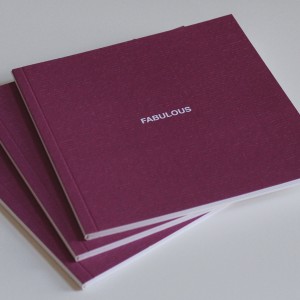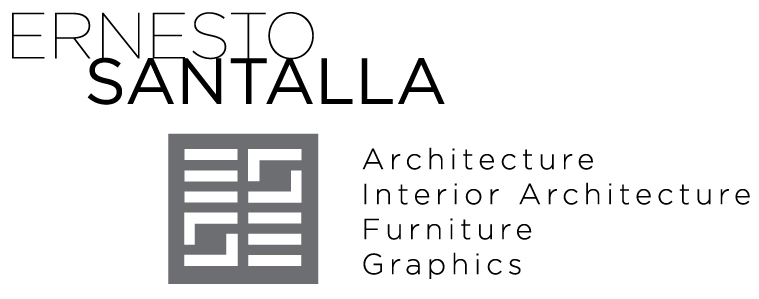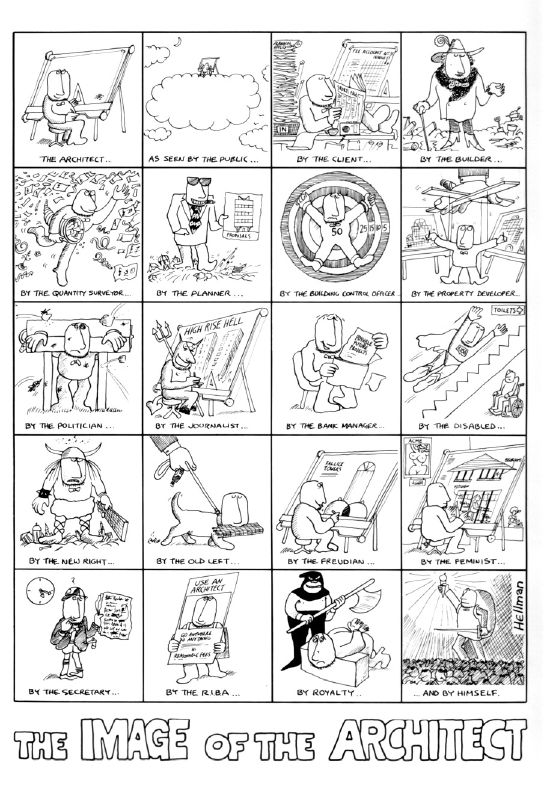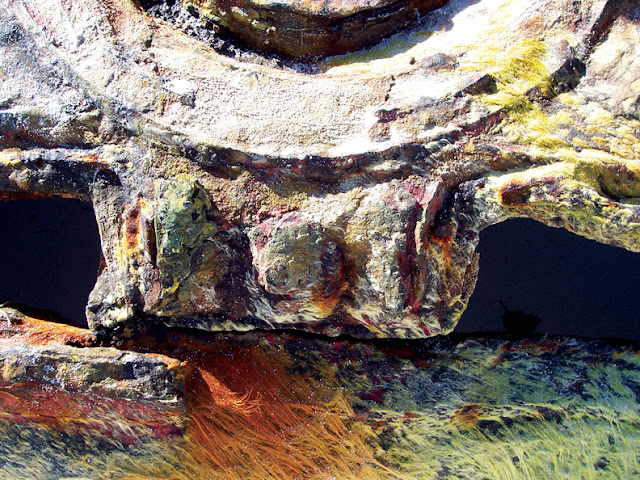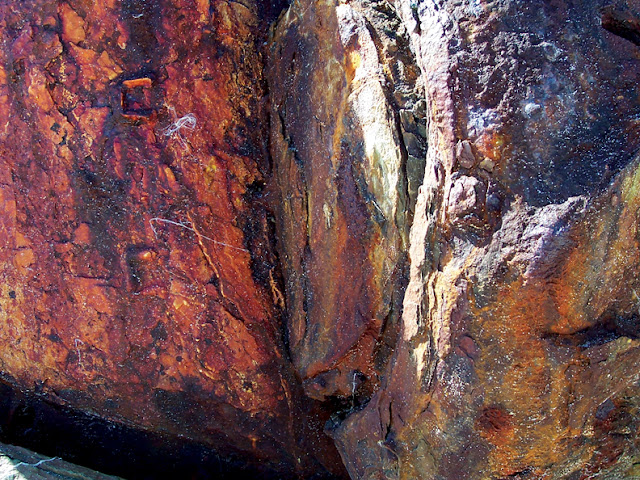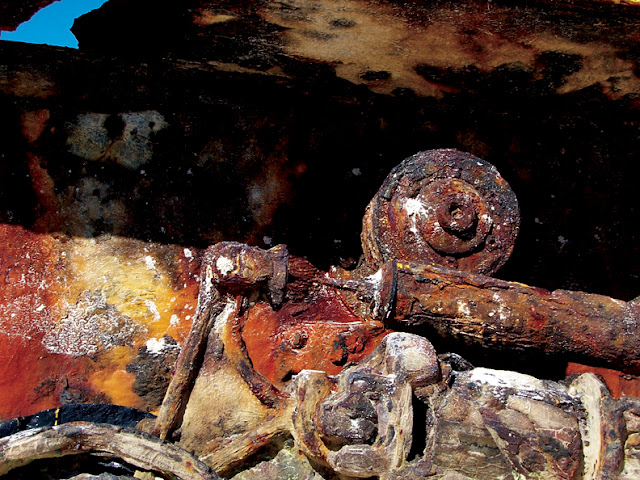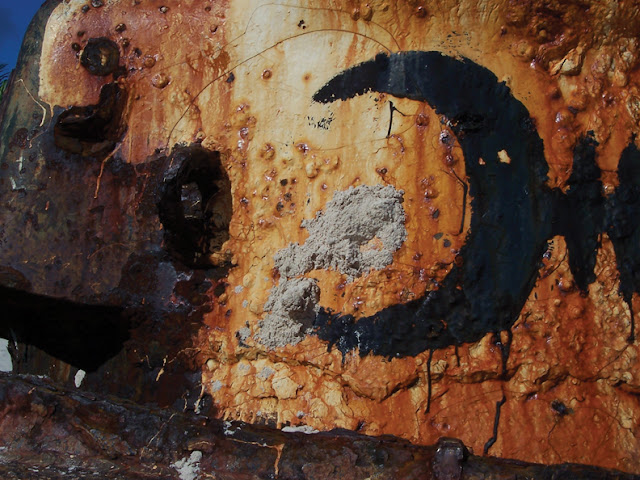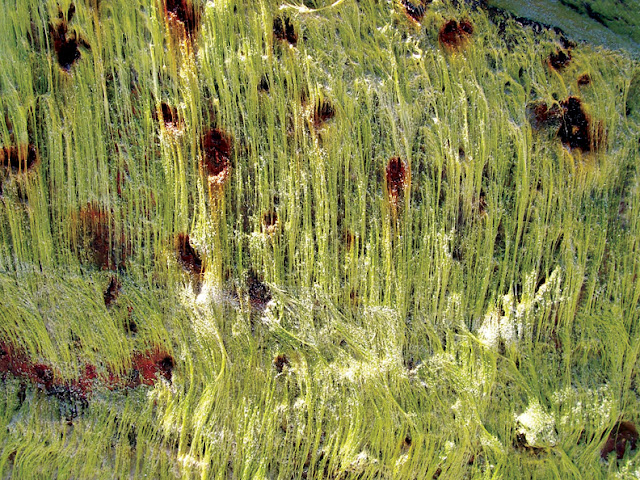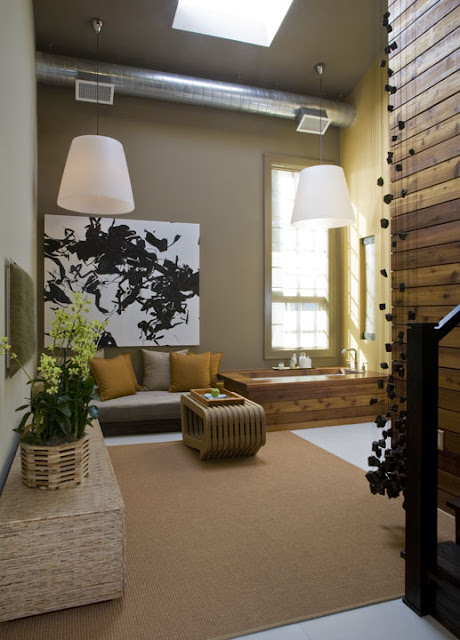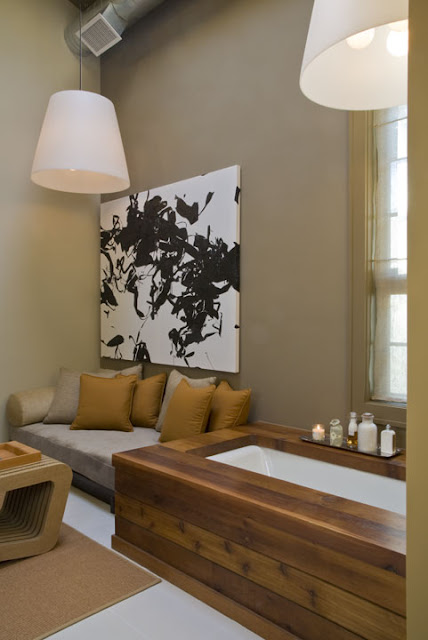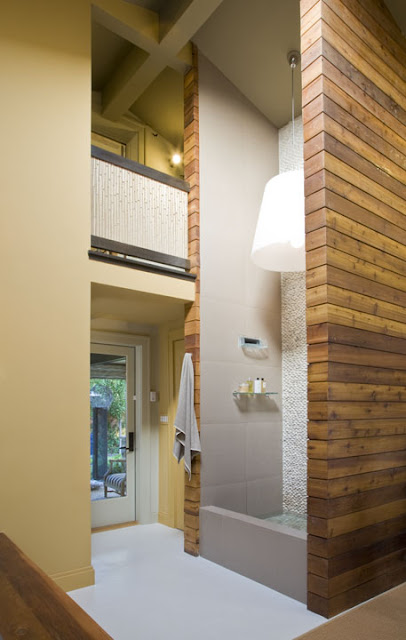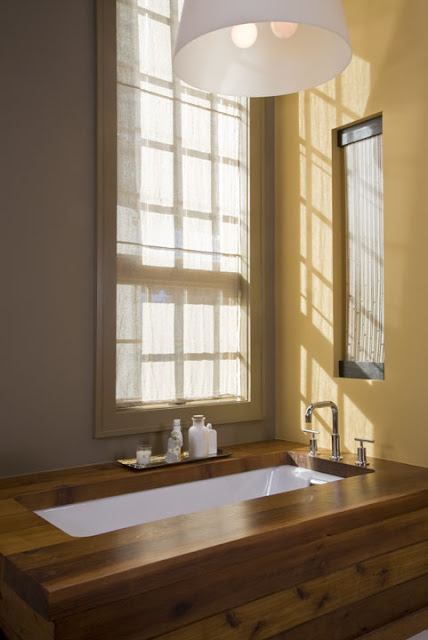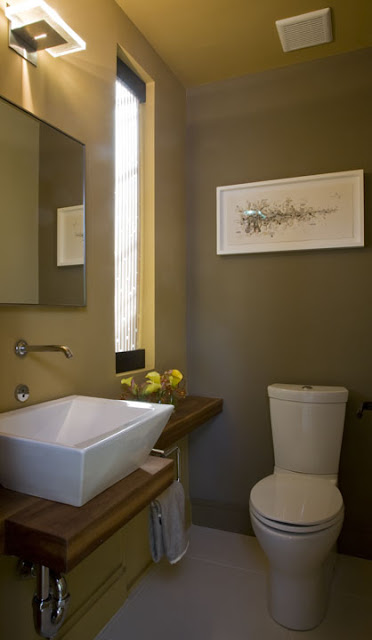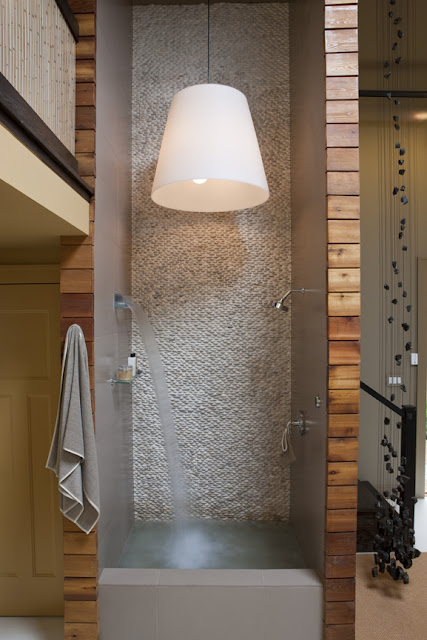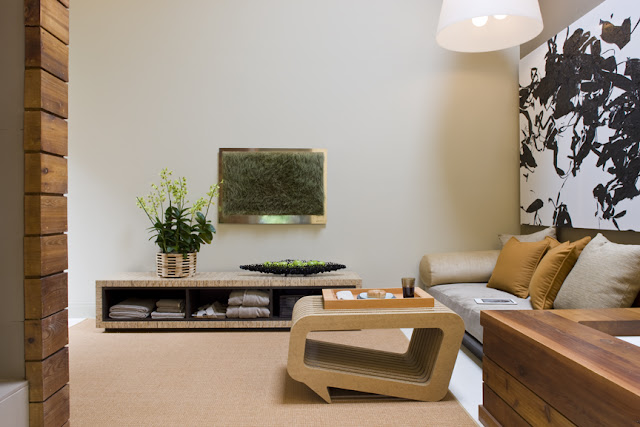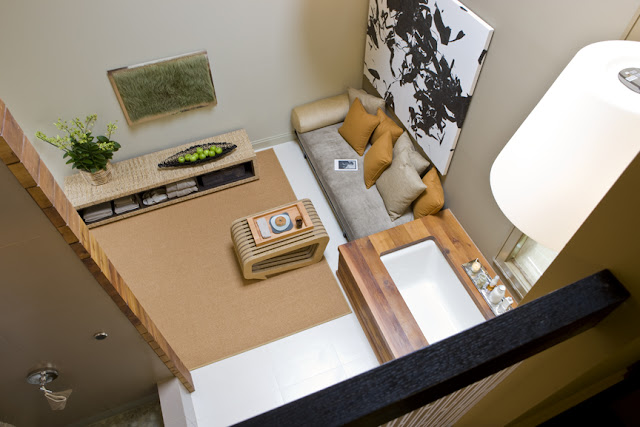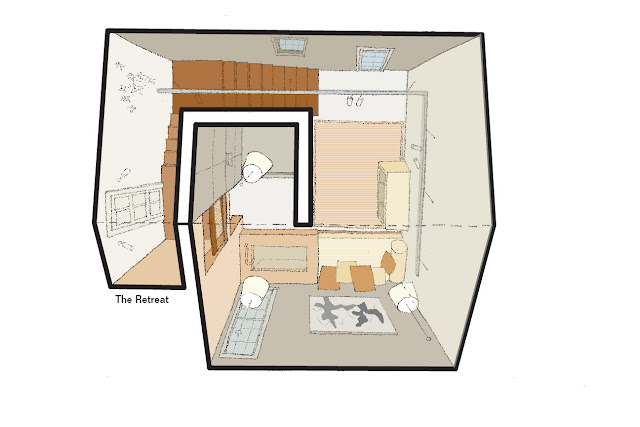Uncategorized
As we start to recover from the physical and emotional devastation of Hurricane Sandy, solutions emerge. There is the immediate need for food and shelter and there is a call to action for preparedness in the future. Being ready for a possible eventuality comes in many ways; one of them is awareness. What are the environmental ramifications of our choices, for example? We can act with conscience and the desire to protect the environment.
Change starts at home and it’s the efforts of many individuals that amount to significant change over time. Much has done for the sake of progress and innovation and in the process, the environment is ransacked and neglected. With awareness comes change, which is at the core of sustainability.
In 2009, I was part of a group of people in the construction industry-a developer, a contractor, architects, engineers, interior designers and community leaders, who realize changes at home are necessary. As such, we created the GreenHouse, a work of architecture, engineering and interior designers who embraced the need to lead in a sustainable direction of environmental responsibility.
In “For Green’s Sake, Part 1,” I discussed the design of the Spa/Retreat designed by Studio Santalla. Let’s look at the results.
Economy of means is at the core of sustainability. How can the the minimum achieve the maximum? During the day, natural light is used to the maximum, for example. Did I mention it’s free?
The tall curb contains the water for the re-circulating waterfall fixture by Kohler, which has been unfortunately discontinued. And yes, the light fixture by Fontana Arte inside the shower meets code. It’s above the minimum height required.
The balcony guard rail by 3Form is made from recycled plastic.
Ceramic floors and wall tiles, supplied by Architectural Ceramics are durable and require minimum maintenance.
The recycled plastic by 3Form is used again to cover an opening created to bring in natural light to the powder room beyond.
The Powder Room has water efficient fixtures by Kohler, a cedar slab countertop, a piece of art made from junk mail, You Meet Certain Criteria, by Aurora Robson, represented by Project 4, and towels made from unbleached Irish linen.
A simple stair rail leads to the second floor office space. The hanging piece is “Danae” by Barbara Josephs Liotta.
The recirculating waterfall enhances the spa experience, as does the river rock back of the shower.
The coffee table, made from corrugated cardboard is by Leo Kempf. “Grassland” is a commentary on grass as a a “foreign” object. The credenza, designed by Studio Santalla is made of Kirei, a recycled wood product and Paper Stone; built by Wooden Design.
The view from above. A second generation
Kindle, now older than a dinosaur is on the daybed. It was the “it” electronic until the
iPad came out a few months later. Regardless, I’ve read eBooks since that time. The sisal carpet is by
Merida.
A documentary on the architectural, interior design and construction of the GreenHouse was made by
Green Living Films and premiered at the 2010 Washington, DC Environmental Film Festival, in which I had the good fortune to participate.
The Spa/Retreat received lots and lots of press, including the Washington Post, Traditional Home and a feature in
Home & Design Magazine.
Washington Life magazine also recognized me as one of DC’s top design professionals. I suppose you can call these a subset of benefits of “going green.”
Thanks for reading and remember
and Follow @Studio_Santalla on
Twitter